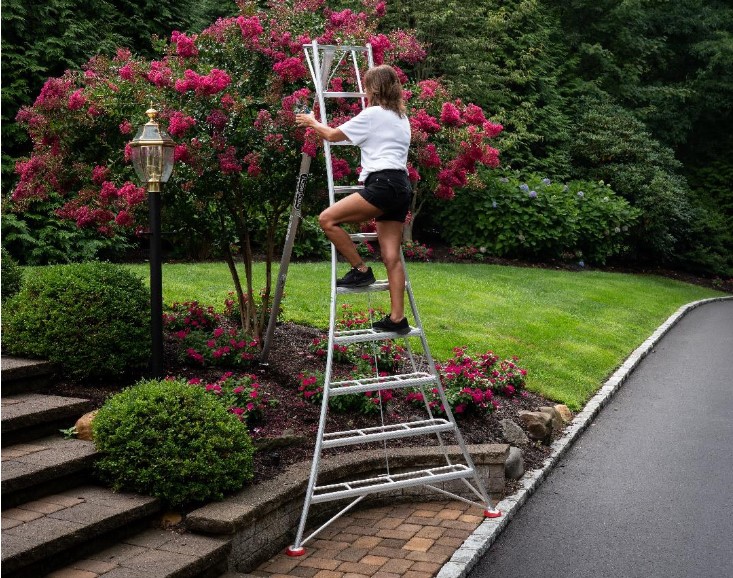What is National Ladder Safety Month?

National Ladder Safety Month, observed in March and spearheaded by the American
Ladder Institute (ALI), is the only program dedicated exclusively to promoting ladder
safety, at home and work. Each year, tens of thousands of injuries and hundreds of
deaths are caused by ladder misuse. By providing critical guidelines and raising
awareness on safe use, we can help decrease these numbers. ALI, the only approved
developer of safety standards for the U.S. ladder industry, is the presenting sponsor for
National Ladder Safety Month.
ALI believes ladder accidents are preventable with thorough safety planning, training,
and continuous innovation in product design. The more people, organizations, and
businesses get involved, the wider the message spreads, and the more people learn
about proper ladder safety. Please visit www.americanladderinstitute.org for more
information about National Ladder Safety Month.